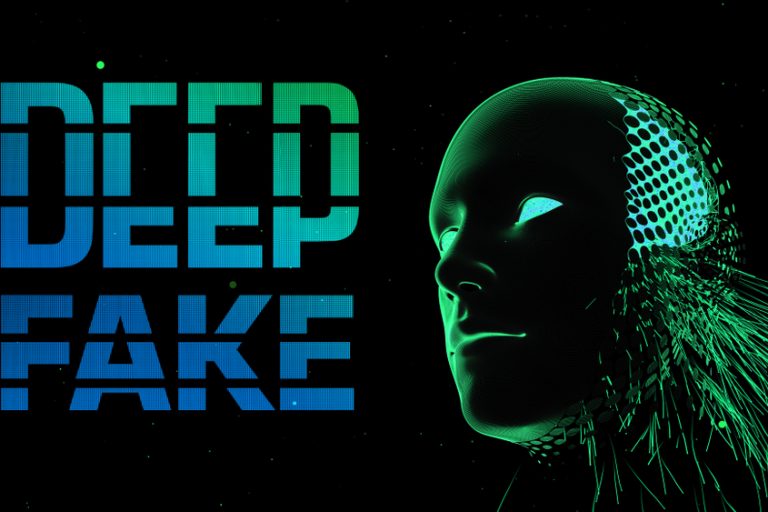My Three Cents

Ken Makovsky
Friday, January 3, 2020How Fake Can You Get?
My last blog discussed how disinformation campaigns such as Fake News – one of the five key challenges in our profession today — can disrupt a company’s reputation in my previous blog. I warned that we, as advocates responsible for protecting the organizations we represent, must be prepared and ready to counter such disruptions. But are we?
How many of your clients or organizations are savvy about continually monitoring social media – as well as traditional media – as a critical step in detecting fake news about the company, a product or service, or a fake accusation aimed at an executive? Would they know a fake story when they see it? Would you? Much has been written in our industry and business media on this, but are you ready and trained for it? (Check out the advice published by the Telegraph newspaper in the UK, on 10 tips for spotting fake news.)
There are also individuals and organizations on the front lines dedicated to combat and confront fake news, such as the News Literacy Project, a nonpartisan national (U.S.) education nonprofit working with educators and journalists to teach middle and high school students “how to sort fact from fiction in the digital age.” (See my blog Frontline Fighters in the Digital Age for more information on this organization.)
Let’s move now to challenge number two for our profession in these digital times – deepfakes, which is what I call fake news on steroids, another level up from fake news. Deepfakes have understandably started getting a lot of attention, given the upcoming 2020 presidential election campaigns. That’s because deepfakes are “media that have been altered by artificial intelligence to make it appear that a person is doing or saying something that, in fact, that person has never done or said” (Source: Fast Company). They are created by clever alteration of speeches (and video) taken from websites and other sources of video).
As deepfakes get more sophisticated and harder to detect, their challenge to us is disruption of our target audiences’ ability to distinguish what’s true from what’s false, to confuse the public, and not know what messages they can believe. They also already are being used to commit crimes. Are you monitoring for them?
The news site Axios has reported on how “bad actors” – criminals – are using deepfakes to impersonate the voices of real-life CEOs to trick finance executives to wire substantial sums of money. Only in this instance they are doing it with audio, not video, to pull off scams. There are three known, successful audio attacks that have been made on private companies, according to cybersecurity firm Symantec. In each, a company’s purported “CEO” imposter called a senior financial officer to request an urgent money transfer. The artificial intelligence program used to mimic CEOs’ voices had been trained on hours of CEO speeches from sources including earnings calls, YouTube videos, Ted Talks and the like. Millions were stolen from each (unnamed) company. Hopefully they had robust crisis plans in place!
The advent of deepfakes have, thankfully, further stimulated more activity on countering this growing concern. A new deepfake detection tool – funded by Google and DARPA (a research wing of the U.S. Pentagon) is in process with an initial task of helping keep world leaders (including U.S. presidential hopefuls) safe from such deepfakes. Jigsaw, a subsidiary of Alphabet (Google)’s is focusing on curbing deepfakes. According to CNBC’s reporting, Jigsaw is “looking for the most effective ways to ‘inoculate’ consumers against fake videos and false information, “ but so far has mixed results. The organization cites deepfake videos and propagandists using real videos out of context as “particularly hard to stop.”
We, as communicators, do have a role to play in defending our clients and employers against deepfakes even though the cybersecurity experts say you can’t stop a bad actor from releasing one. So, what’s the remedy? The best strategy is for we, as communicators, to go into action after such a video is released with our crisis management strategies to fight any misinformation that may put out there by the bad guys. This is a good reason to convince your CEO to update the crisis plan, which so many companies have not done. Do you have a crisis plan? Hopefully, these developments will stimulate companies to develop as well as keep their crisis plans updated.
In my next blog, we’ll move to key challenge number three and a completely different direction: I call it “the employee public challenge to management” or – the act of employees publicly challenging management on management’s publicly stated policies or positions.











